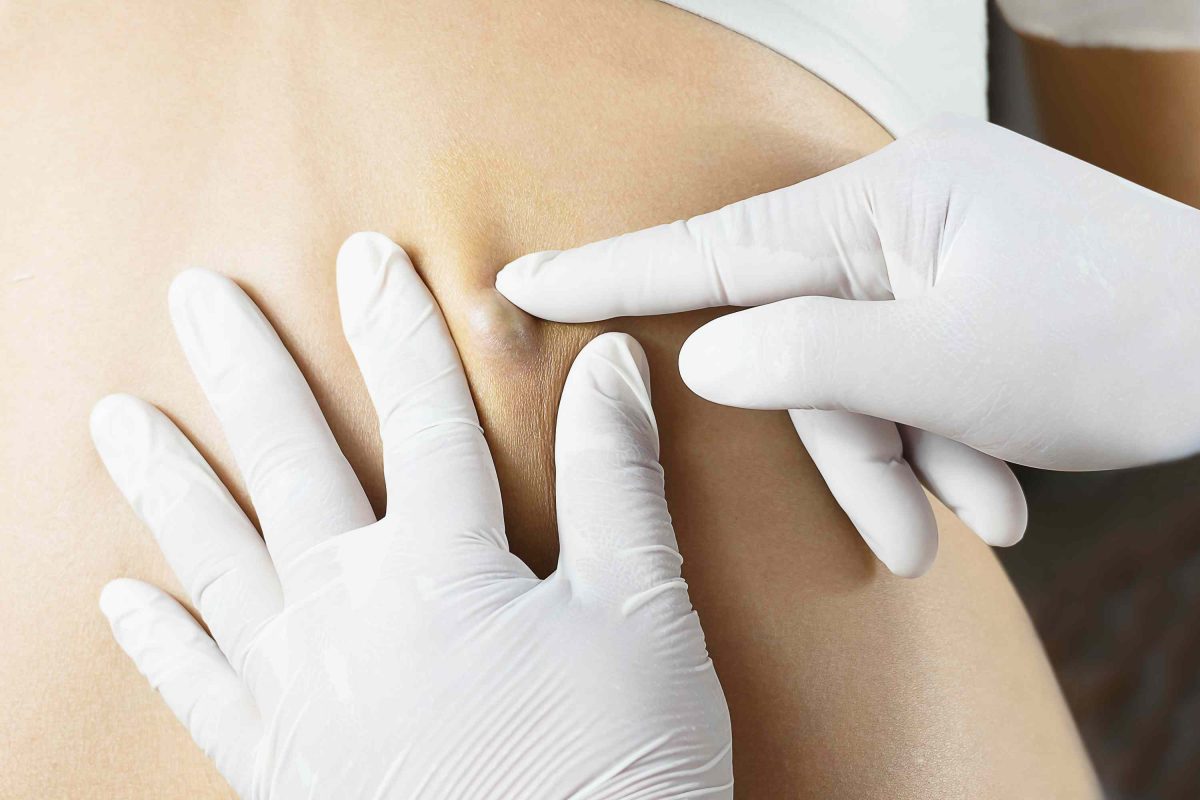Cysts can be bothersome and unsightly. The good news is that most of these can disappear without medical intervention. According to Dr. Peter Chien, you should be worried about types of cysts that are painful, develops suddenly and ruptures or increases in size.
Why are you likely to have cysts?
There are various kinds of cysts, most of which are benign. The closed capsules mainly develop because of obstructions in your body’s drainage system. Thus, cysts may result from clogged sebaceous glands, piercings, or infections. You may also have cysts because of:
- Chronic inflammatory conditions
- Genetic diseases
- Tumors
- Cells’ malfunction
- An injury, especially an injury that involves a blood vessel
Though most cysts are painless, you are likely to feel pain when the cyst ruptures or becomes inflamed or infected. Your healthcare provider will likely recommend treatment depending on:
- The cyst’s location
- Type of cyst
- If the cyst is painful or causing discomfort
- Whether the cyst is infected or becomes inflamed
What are the types of cysts and their causes?
Cysts can occur on any part of your body and they differ in appearance, basing on their type and location. The common types of cysts you are likely to have include:
Epidermoid or sebaceous cyst
The slow-growing non-cancerous cyst mostly develops in your genitals, back, neck, face, and head. Such cysts result from a build-up of sebum in your sebaceous gland. You are likely to notice an epidermoid cyst because it eventually leads to a bump on your skin. While a small sebaceous cyst may appear harmless, an infected or inflamed capsule may be painful and unsightly.
Breast cysts
You will most likely have breast cysts develop during your menstrual cycle. Though they are painful and might vary in size throughout your cycle, you may not need treatment. However, if the cysts fail to disappear independently, causing discomfort, you can talk to your doctor to drain the fluid and ease your symptoms.
Chalazion cysts
The meibomian glands are oil glands in your lower and upper eyelids, lubricating your eyes from the tiny openings at the edges of your eyelids. In case of an infection, a chalazion cyst may appear red and painful. The harmful swelling that is usually painless occurs when your meibomian gland has a blockage.
Ganglion cysts
Ganglion cysts result from soft-tissue collections forming on your joints or along your tendons. You will most likely see the round, tiny, gel-filled swellings in your wrists, ankles, hands, and feet. Though such lumps are harmless, you are likely to feel pain when the swelling extends, putting pressure on your other structures.
Ovarian cysts
Ovarian cysts occur when fluid accumulates on your ovaries’ surfaces or within their lining. The growth of such cysts may either be pathological or as part of your reproductive cycle. Although some cysts are asymptomatic and your doctor can only recognize them through an imaging test, others can be painful, causing severe symptoms.
There are various types of cysts, which can develop in any part of your body. However, not all lumps are independent cysts. Some swellings result from other conditions. Though most cysts are harmless, you should schedule an appointment with your doctor when the lump becomes inflamed or infected.








